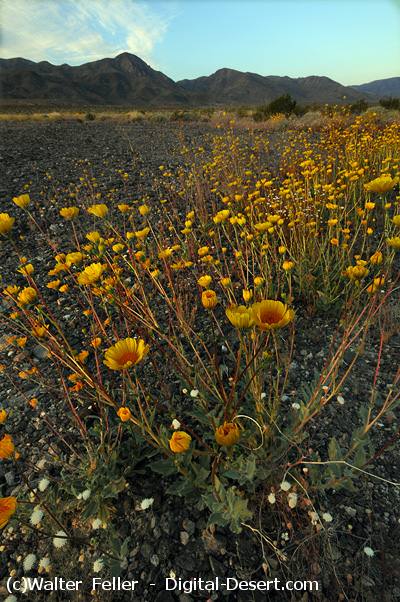--
Wildflower Survival
Desert plants are tough and have amazing ways to survive in hot, dry places.One of the most important things plants need to do is reproduce, or make more plants. Many desert plants—like wildflowers—use flowers to help them do this. Flowers are made to attract pollinators like bees, butterflies, and birds.
Inside a flower, the male part makes pollen. The pollen has to move to the female part, called the stigma. This is called pollination. When pollen lands on the stigma, it can grow a tiny tube that goes down into the flower so fertilization can happen and seeds can grow.
Pollen can get from one part of the flower to another in three ways:
1. **Self-pollination** – when a flower pollinates itself.
2. **Animal pollination** – when animals like bees or birds carry pollen from one flower to another.
3. **Wind pollination** – when the wind blows pollen around. Plants like grasses and some trees use this method. They make lots of pollen because most of it never reaches the right flower.
In spring, desert flowers bloom to attract animal pollinators. Their bright colors and patterns are like signs saying “Come here!” Some flowers are picky and only want certain animals to visit. For example, the yucca flower works closely with the yucca moth. The moth pollinates the flower while laying her eggs, and her babies eat some of the seeds.
If you visit the Mojave Desert in spring—especially from April to June—you’ll see lots of wildflowers. Look for desert marigolds and globemallow. In the canyons, you might spot firecracker penstemon or scarlet guara. Near springs or sandy spots, you could find dune primrose, chia, prickly pear cactus, larkspur, and Fremont phacelia.
Spring and early summer are the best times to see the desert come alive with color!
0
